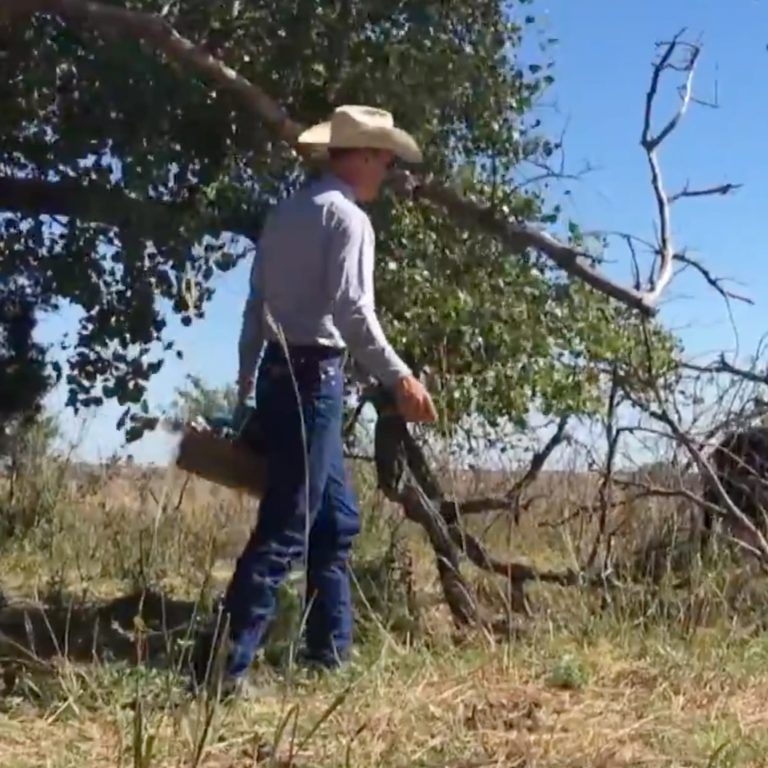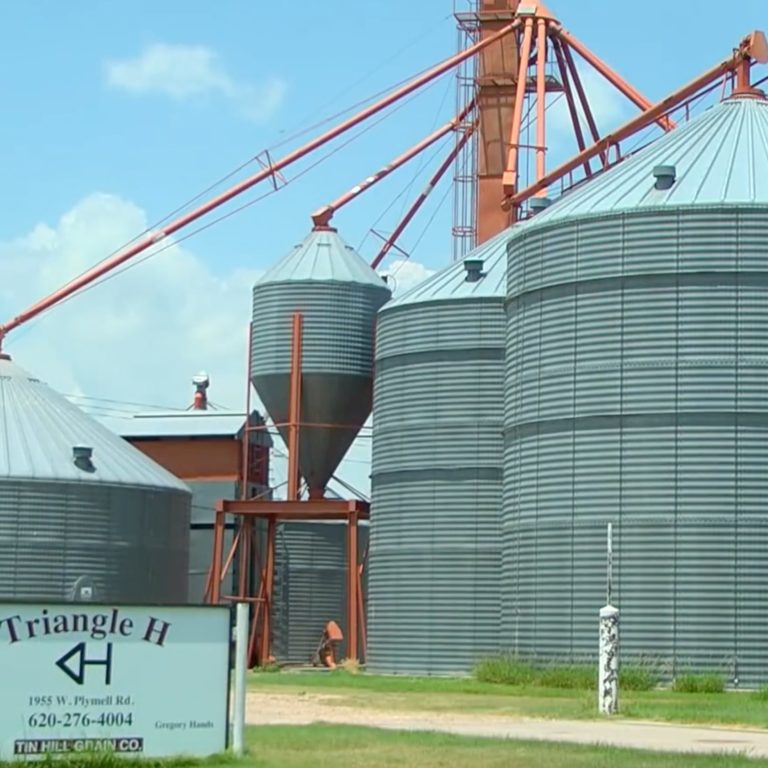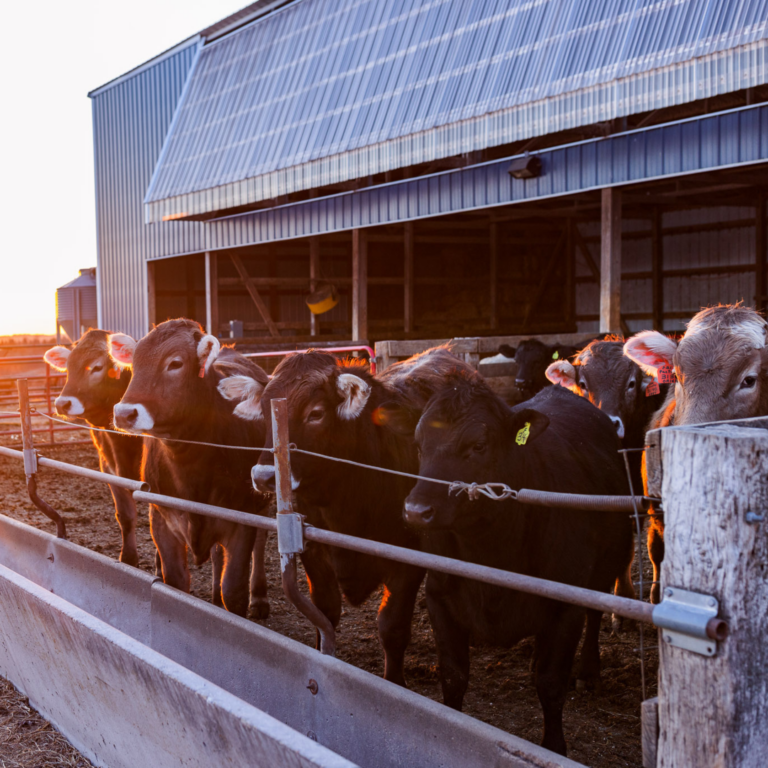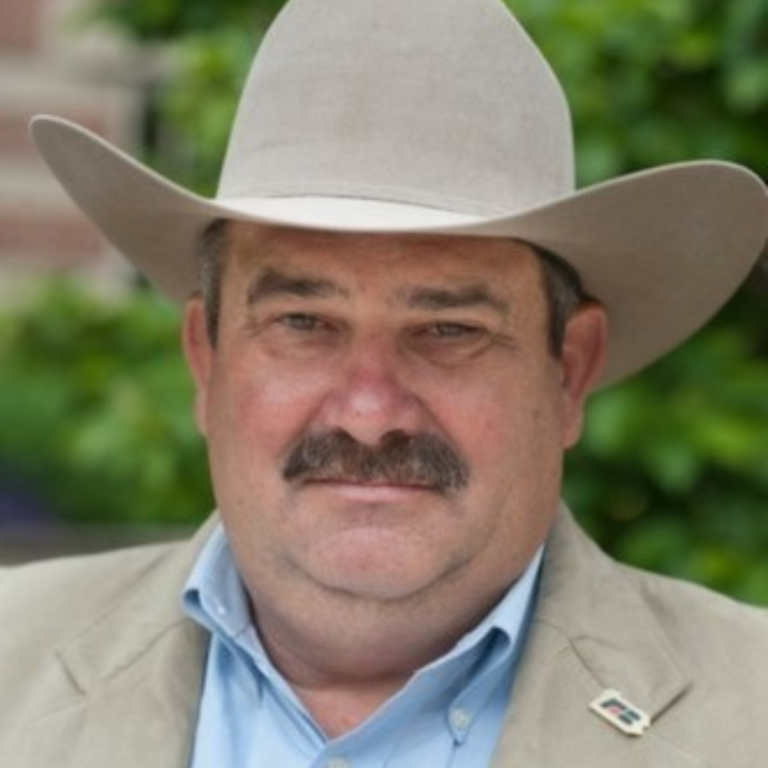Pass It On! Checkoff Increases Beef Value and Quality
The Beef Industry Long Range Plan (LRP) is developed every three to five years and lays out aggressive goals to strengthen the beef industry. As part of this initiative, the Beef Checkoff interviewed cattlemen and women across the country to hear the checkoff is helping them for long-term success on their operations.
Menges Family Ranch, Arizona
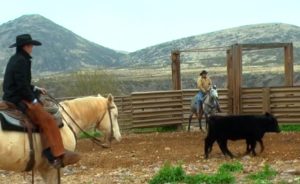 The Menges Ranch in southeast Arizona explains how the Beef Checkoff has increased the value of beef and improved their cattle-handling techniques. By taking advantage of these programs, they feel confident about the next generation’s prospects in beef production.
The Menges Ranch in southeast Arizona explains how the Beef Checkoff has increased the value of beef and improved their cattle-handling techniques. By taking advantage of these programs, they feel confident about the next generation’s prospects in beef production.
“I can remember the onset of the checkoff program, when the beef council decided to use checkoff dollars to create additional demand for the chuck and the round. And, I think that created a significant increase in the price of our product,” says Jeff Menges.
Suzanne Menges says due to the location of their ranch, they have large tourist traffic, and they take it as an opportunity to educate people about the industry through their catering business, Black Hills Catering.
“I have used Beef Checkoff recipes over the last 20 years, but when you’re producing that for the public, it takes on a whole new meaning.”
How does the Beef Checkoff Help?
The Beef Checkoff plays an important role growing and maintaining beef demand, thus opening new opportunities for cattle producers to sustain their businesses for generations to come. That includes keeping close tabs on what consumers want in terms of end products, as well as sharing information regarding safe and sustainable beef production carried out by cattle producers — ensuring that’s what they find at the meat case when they go to purchase food for their families.
It’s no small task, but checkoff investments are part of the reason that beef demand has remained strong throughout the extremely tight supplies of recent years. In fact, a study by Dr. Harry Kaiser at Cornell University demonstrates that every checkoff dollar invested has a return on investment of $11.20. That means that every dollar invested by cattle producers returns $11.20 more to an operation than would have received without the checkoff in place.
The Beef Checkoff program was established as part of the 1985 Farm Bill. The checkoff assesses $1 per head on the sale of live domestic and imported cattle, in addition to a comparable assessment on imported beef and beef products. States may retain up to 50 cents on the dollar and forward the other 50 cents per head to the Cattlemen’s Beef Promotion and Research Board, which administers the national checkoff program, subject to USDA approval.





